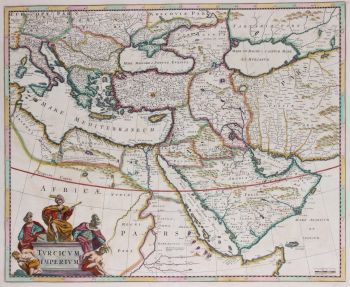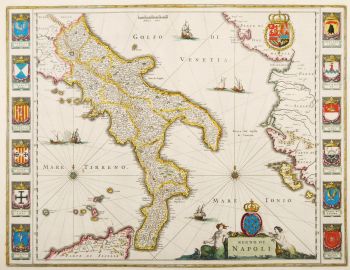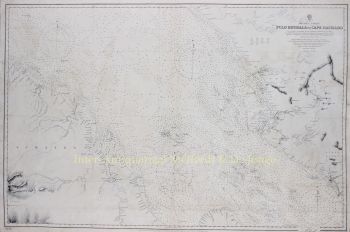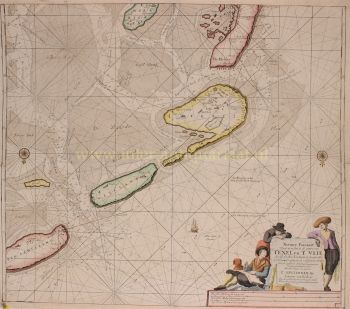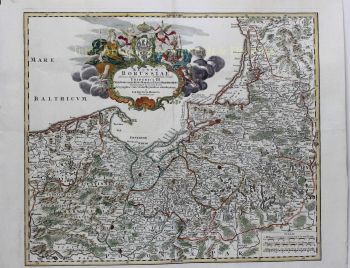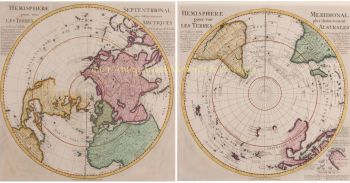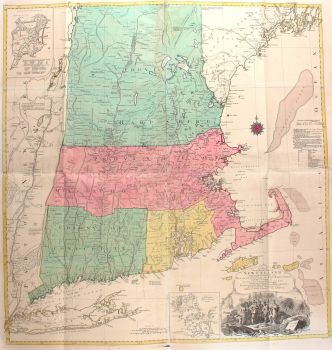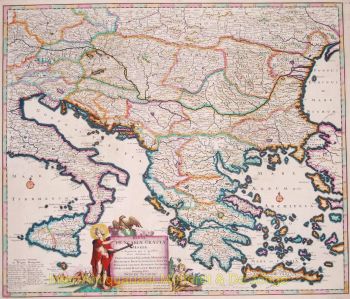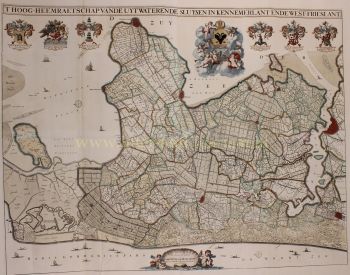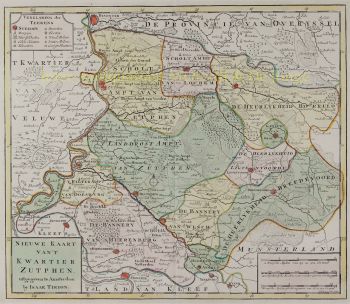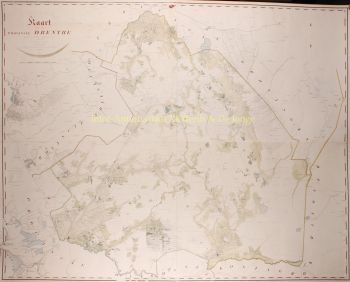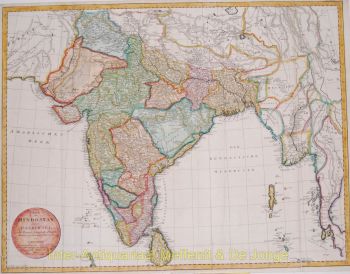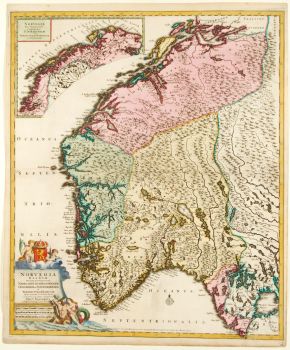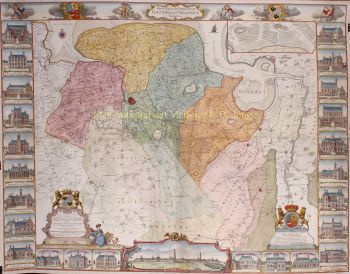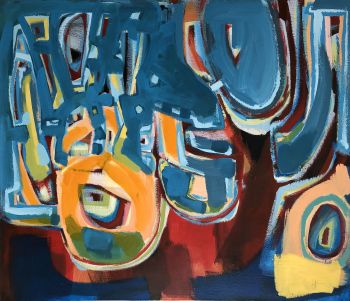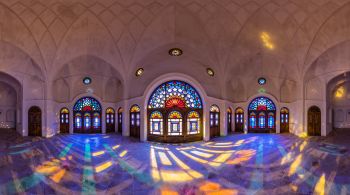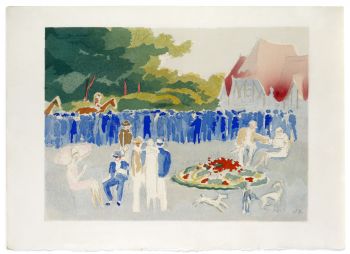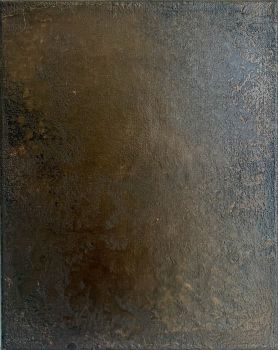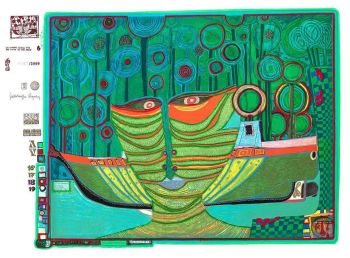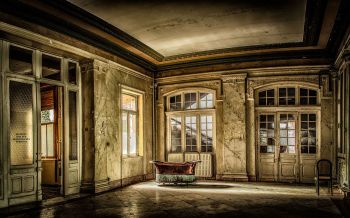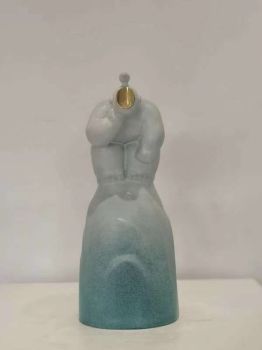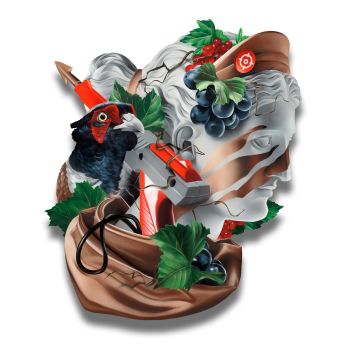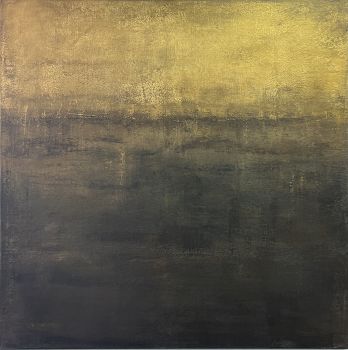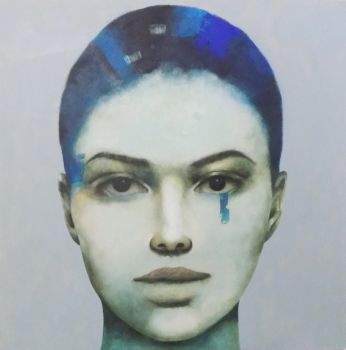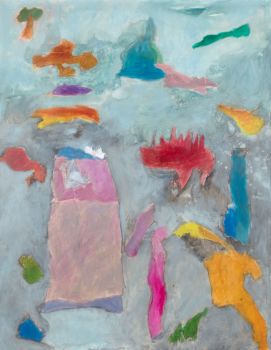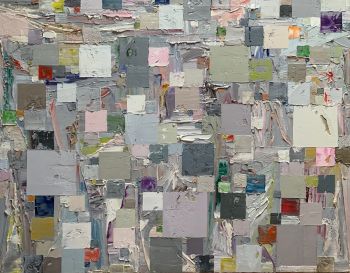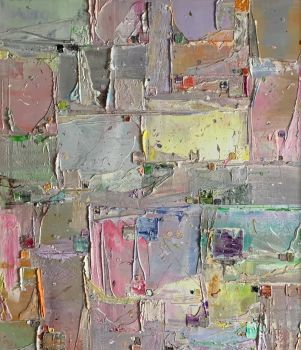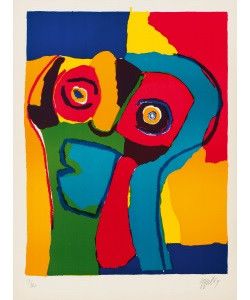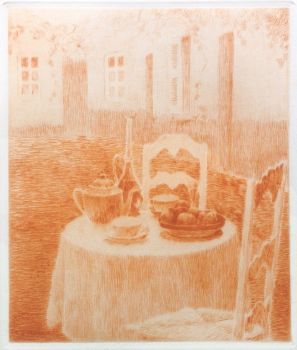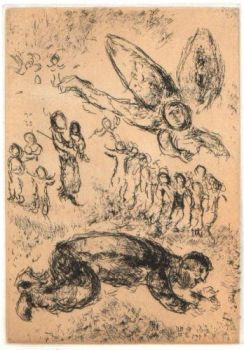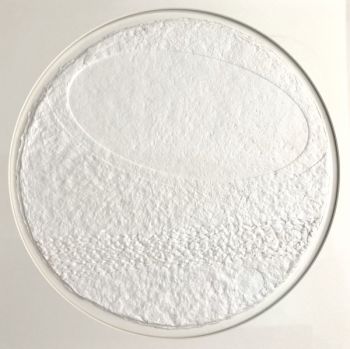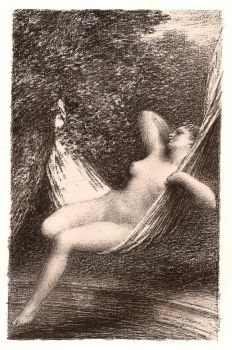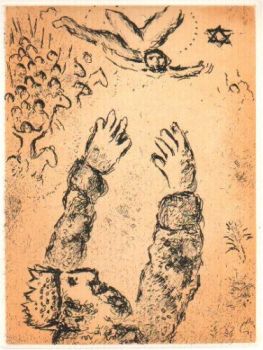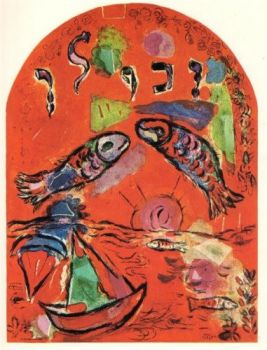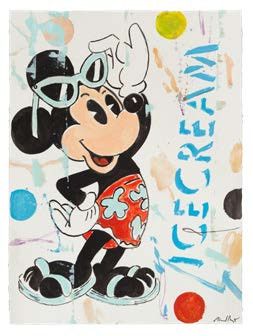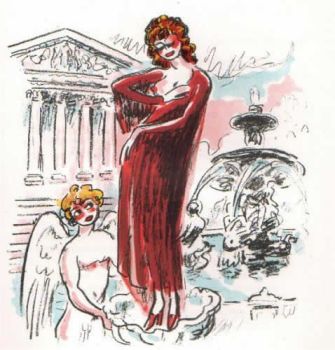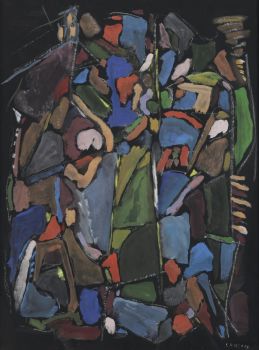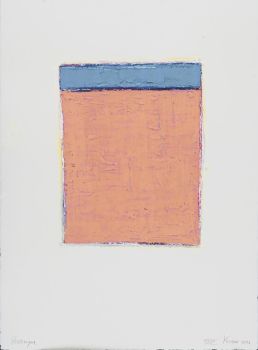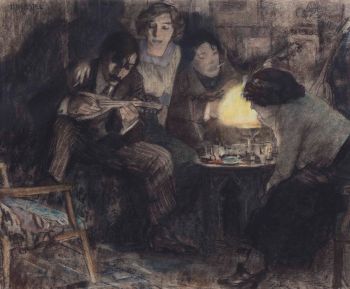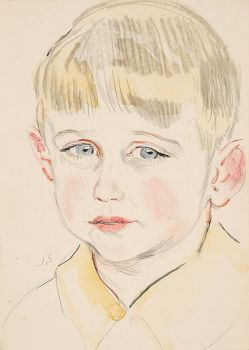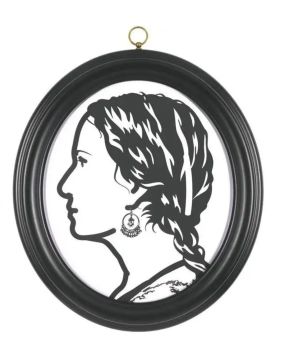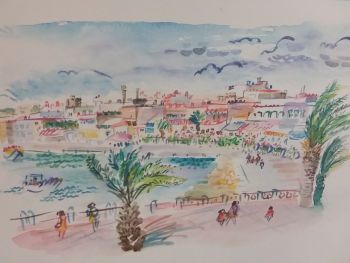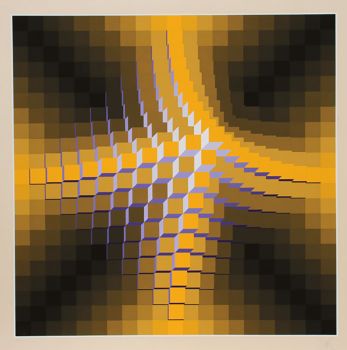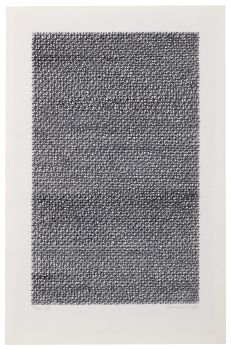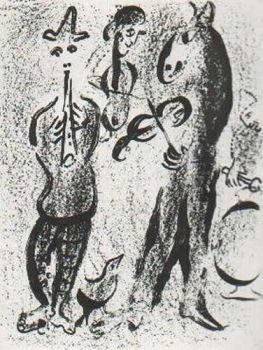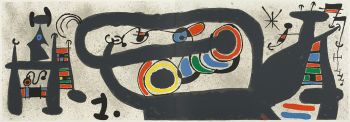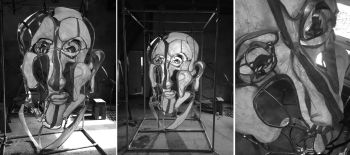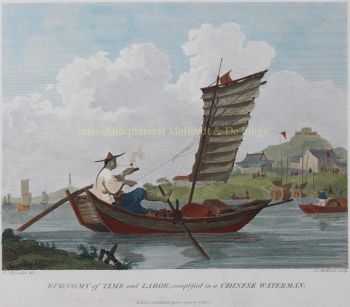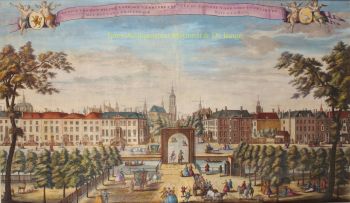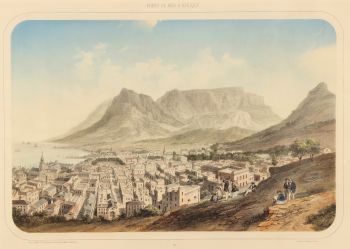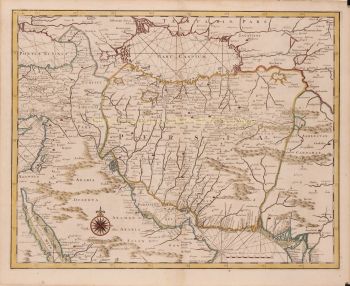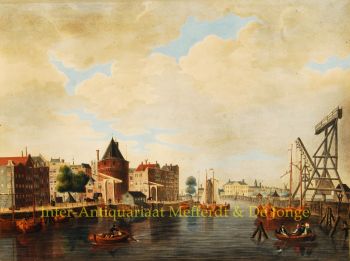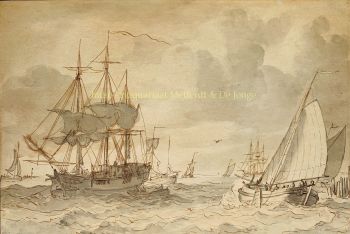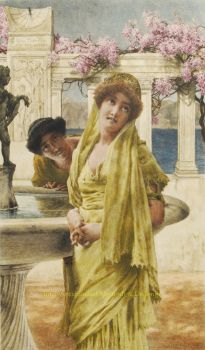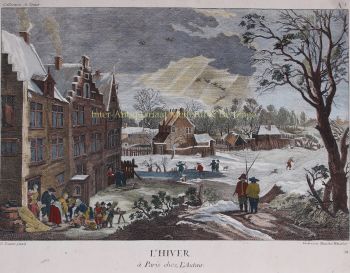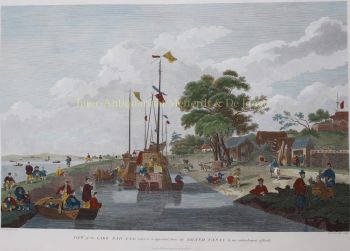Carte du monde 1660
Frederick de Wit
Papier
€ 11.500
Inter-Antiquariaat Mefferdt & De Jonge
- Sur l'oeuvre d'artNova Totius Terrarum Orbis Tabula. Copper engraving made by Frederick de Wit 't Amsterdam in de Calverstraat inde Witte Pascaart 1660, published in De Zee-Atlas Ofte Water-Wereld of Hendrik Doncker in Amsterdam from 1660 to 1670. With original hand colouring. Size: 47 x 56 cm (plus margins). This was De Wit's first world map. He derived it from the two hemisphere maps from Blaeu's wall map of 1648, reducing them in scale and making some changes. (Joan Blaeu's own smaller world map with two hemispheres can be found here.) The upper corners contain northern and southern celestial maps and the lower corners show north and south polar projections. In the bottom center are astronomical diagrams -- a geocentric one on the left and a Copernican one on the right. The top center vignette shows the sun encircled by a zodiacal ring. Between the maps and diagrams are four vignettes with allegorical depictions of the Four Elements (air, fire, earth and water). The map also includes Baroque decorations of garlands of fruit and flowers. A magnificent example of the art of mapmaking, this map is one of only 19 reproduced in color in Rodney Shirley's major scholarly work on world maps of the 15th to 17th centuries. In accompanying text, the author states that "[e]specially when richly coloured, De Wit's map is one of the most decorative standard-size maps of the time and it is much less commonly found than his three other atlas world maps." Frederick de Wit (1630-1706) was founder of a prominent map publishing firm in 17th century Amsterdam, the golden age of Dutch cartography. The De Wit family both published their own atlases and supplied maps to other cartographers such as Hendrik Doncker. Reference: Rodney Shirley (1983)- "The Mapping of the World: Early Printed World Maps 1472-1700", p. 421, plate 311. Price: Euro 11.500,- (incl. frame)
- Sur l'artisteFrederik de Wit est né Frederik Hendriksz. Il est né dans une famille protestante vers 1629, à Gouda, une petite ville de la province de Hollande, l'une des sept provinces unies des Pays-Bas. Son père Hendrik Fredericsz (1608 - 29 juillet 1668) était un hechtmaecker (fabricant de manche de couteau) d'Amsterdam, et sa mère Neeltij Joosten (décédée avant 1658) était la fille d'un marchand de Gouda. Frederik s'est marié le 29 août 1661 à Maria van der Way (1632–1711), fille d'un riche marchand catholique d'Amsterdam. D'environ 1648 jusqu'à sa mort à la fin de juillet 1706, De Wit a vécu et travaillé à Amsterdam. Frederik et Maria ont eu sept enfants, mais un seul Franciscus Xaverius (1666–1727) leur a survécu. En 1648, au plus fort de l'âge d'or néerlandais, De Wit avait déménagé de Gouda à Amsterdam. Dès 1654, il avait ouvert une imprimerie et une boutique sous le nom de "De Drie Crabben" (les Trois Crabes) qui était aussi le nom de sa maison sur la Kalverstraat. En 1655, De Wit change le nom de sa boutique en "Witte Pascaert" (la charte blanche). Sous ce nom, De Wit et son entreprise se sont fait connaître dans le monde entier.
Êtes-vous intéressé par l'achat de cette oeuvre?
Artwork details
Related artworks
- 1 - 4 / 4
Cornelis Anthonisz Theunissen
TRÈS RARE PREMIÈRE CARTE IMPRIMÉE D'AMSTERDAM, VILLE EN ASCENSION1544
€ 175.000Inter-Antiquariaat Mefferdt & De Jonge
 Sélectionné par
Sélectionné parDanny Bree
1 - 4 / 24- 1 - 4 / 24
- 1 - 4 / 24
- 1 - 4 / 12



